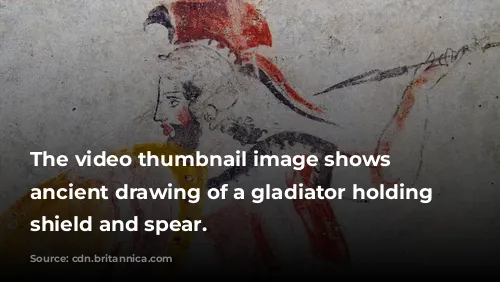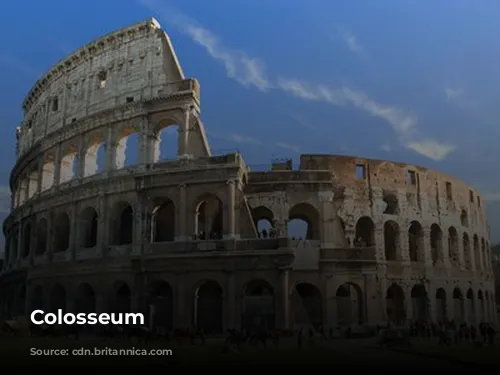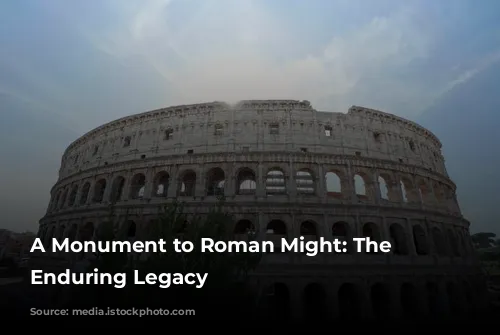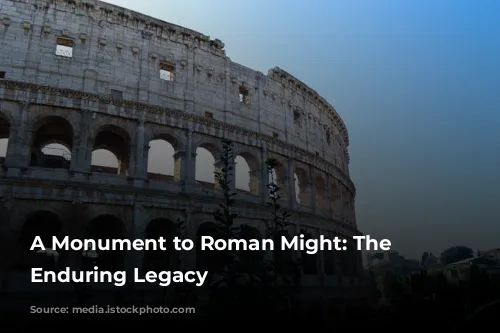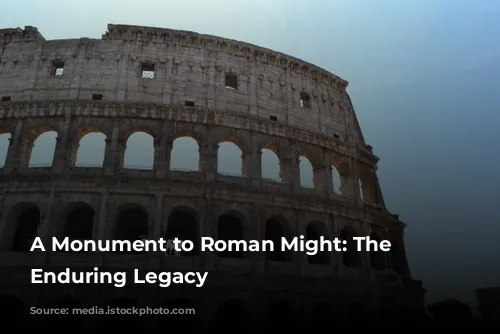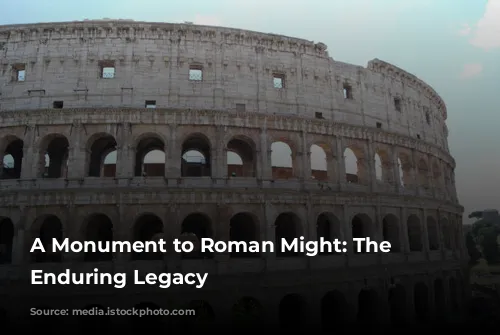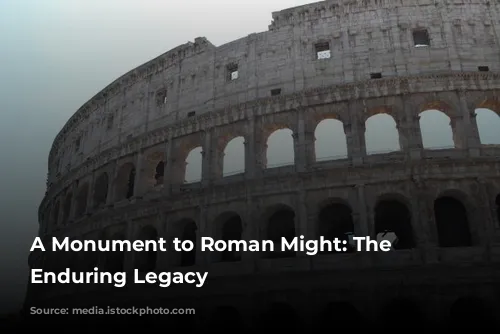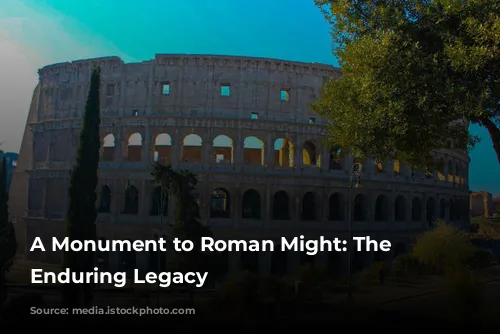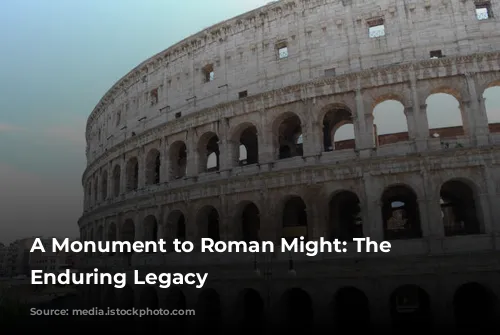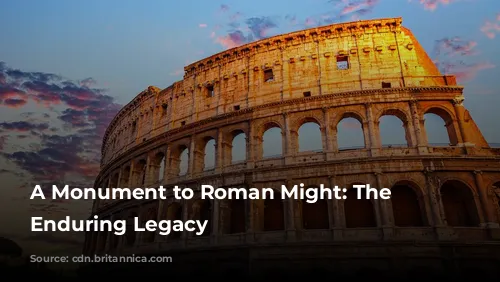The Colosseum, standing tall in the heart of Rome, is not just a monument but a testament to the architectural and engineering brilliance of the ancient Romans. It stands as one of the few mostly intact structures from the Roman Empire, offering a glimpse into a bygone era. More than just a historical marvel, the Colosseum is also a vital source of income for Italy’s tourism industry. In 2018, the Colosseum, Roman Forum, and Palatine Hill together raked in over $63.3 million (€53.8 million), placing them at the top of Italy’s tourist attractions.
From Glory to Neglect and Back
The Colosseum’s journey is a story of both grandeur and hardship. After the fall of the Western Roman Empire, the magnificent structure fell into a state of severe disrepair. The Frangipane and Annibaldi families transformed the arena into their fortress during the 12th century. Later, in the late 15th century, Pope Alexander VI allowed the Colosseum to be used as a quarry, a heartbreaking fate for such a magnificent structure. After over a thousand years of neglect, the Colosseum finally received much-needed attention. State-funded restoration efforts began in the 1990s, marking a turning point in the Colosseum’s story.
A Venue for Entertainment and Spectacle
The Colosseum was built during a period of revitalization in Rome, following the tumultuous year of the four emperors in 69 CE. Emperor Vespasian, known for his practical and populist approach, envisioned the Colosseum as a grand entertainment venue. Like other amphitheatres, the Colosseum was meant to thrill and entertain the Roman populace with gladiator fights, animal hunts, and even mock naval battles.
From Construction to Completion
The construction of the Colosseum began under Emperor Vespasian between 70 and 72 CE. His son and successor, Titus, dedicated the completed structure in 80 CE. The fourth story was added later by Emperor Domitian in 82 CE. It’s important to remember that the Colosseum was funded by the spoils of war, specifically from Titus’s conquest of Jerusalem in 70 CE, and built by enslaved Jews from Judaea. This somber fact adds a complex layer to the story of this iconic monument.
An Architectural Masterpiece
The Colosseum is an elliptical amphitheater, also known as the Flavian Amphitheatre, constructed from stone, concrete, and tuff. It stands four stories high at its tallest point and measures 620 by 513 feet (189 by 156 meters). This massive structure could hold up to 50,000 spectators, making it a true symbol of Roman engineering prowess. The Colosseum was famously used for gladiatorial combat, a spectacle that captivated the Roman populace.
A Symbolic Replacement
The Colosseum wasn’t built just anywhere. Located east of the Palatine Hill, it replaced the artificial lake that was the centerpiece of Nero’s Golden House. This choice was as symbolic as it was practical. Vespasian, who rose to power from humble beginnings, replaced the tyrannical emperor’s private lake with a public amphitheater, a symbol of his commitment to the Roman people.
Engineering Marvels
The Colosseum is a freestanding structure, unlike earlier amphitheatres that were often built into hillsides for support. It relies on a complex system of barrel vaults and groin vaults. Three of the arena’s stories are encircled by arcades framed by engaged columns in the Doric, Ionic, and Corinthian orders, a feature that became a cornerstone of Renaissance architecture. The main structure is made of travertine, the secondary walls of volcanic tufa, and the inner bowl and arcade vaults of concrete.
A Seat for Thousands
The Colosseum could accommodate an impressive 50,000 spectators, shielded from the sun by a retractable velarium, a massive awning. The velarium was supported by masts extending from corbels on the Colosseum’s top story, requiring hundreds of Roman sailors to manage the rigging that extended and retracted it. The Colosseum witnessed countless spectacles: gladiator fights, contests between humans and animals, and even elaborate mock naval engagements. While the Colosseum is often associated with the martyrdom of early Christians, the evidence for this is uncertain.
From Glory to Ruin and Back
The Colosseum’s story isn’t just about its construction and use. The monument has endured centuries of neglect, damage, and repurposing. In medieval times, it was used as a church and later as a fortress by the Frangipane and Annibaldi families. The Colosseum was also ravaged by lightning, earthquakes, vandalism, and pollution. All the marble seats and decorative materials were plundered, leaving the site a mere quarry for over a thousand years.
A Rebirth and Enduring Legacy
It wasn’t until the 19th century that the preservation of the Colosseum began in earnest, spearheaded by Pius VIII. A major restoration project was undertaken in the 1990s, breathing new life into this ancient wonder. Today, the Colosseum remains one of Rome’s most popular tourist destinations, attracting close to seven million visitors annually. The Colosseum continues to host exhibitions related to ancient Roman culture, keeping its story alive for generations to come.
The Colosseum is more than just a building; it’s a symbol of Roman power, engineering, and the enduring legacy of ancient Rome. Its story reminds us of the rise and fall of empires, the power of human creativity, and the importance of preserving our shared history. The Colosseum stands as a testament to the past, a reminder of the past’s enduring influence on the present, and a beacon of history for future generations.
